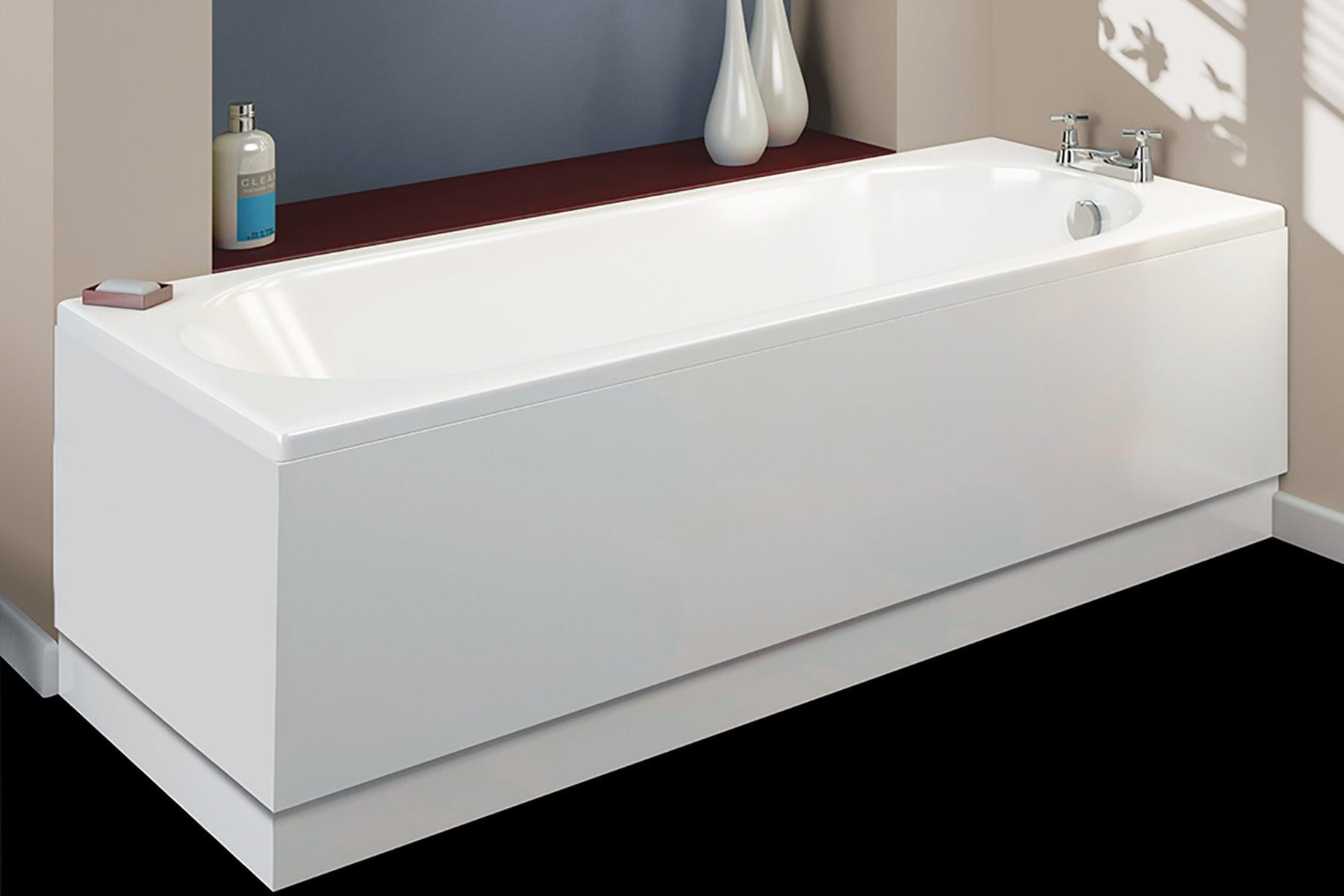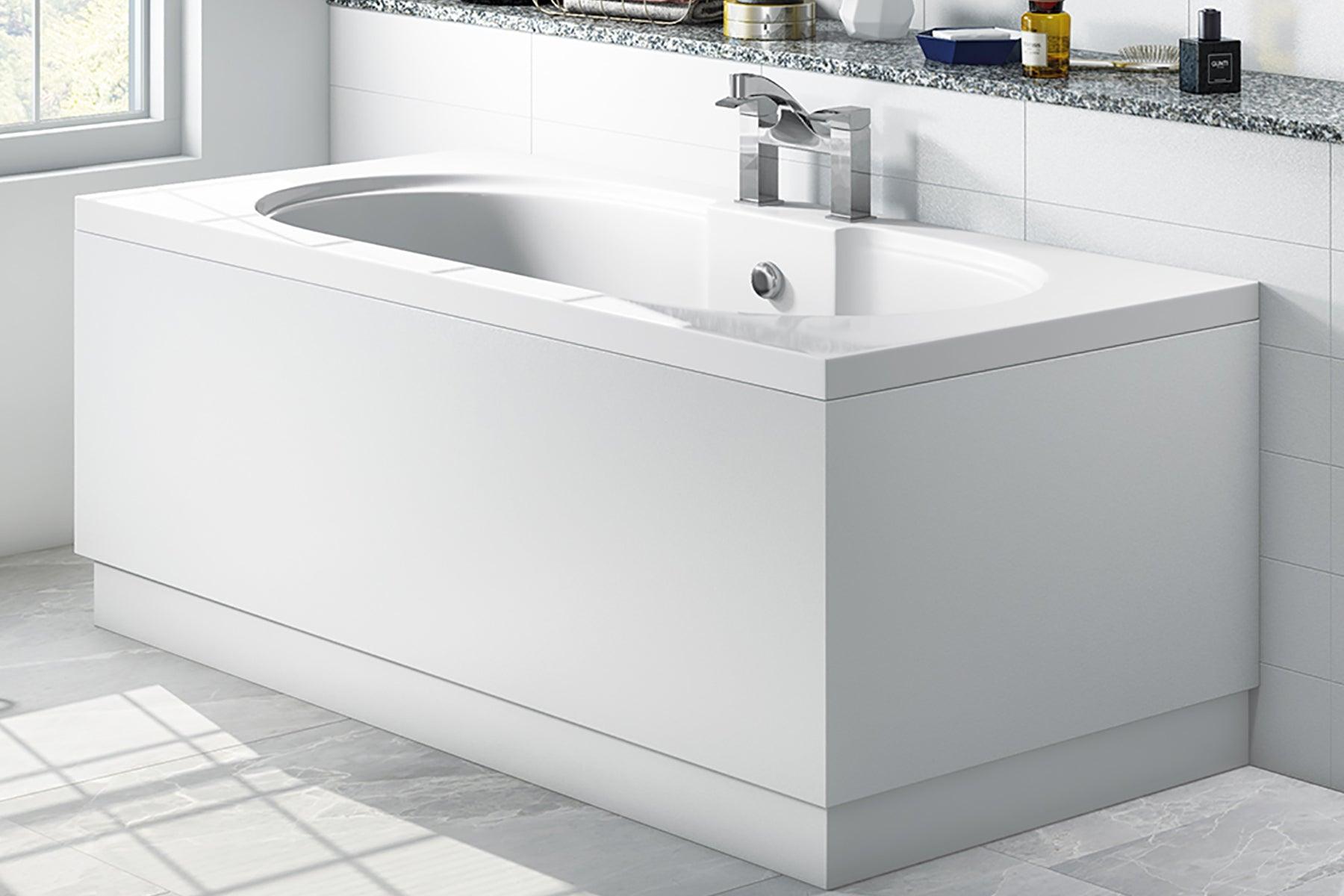
Why Halite
Unlike wooden bathroom products, Halite is 100% water resistant. When a wood based material like MDF is used, the surface is painted but over time the paint has a tendency to crack. Without its protective covering the MDF core quickly absorbs moisture causing swelling and softening. Halite is much lighter in weight than MDF.
MDF has been banned in the United States as it contains formaldehyde that has been linked to certain types of cancer. Halite is free from formaldehyde and is also easier to recycle which means it is more environmentally friendly than MDF.
Acrylic products, although light, are considerably less durable than Halite, are harder to cut accurately and can easily crack or warp out of shape. Halite is also more scratch and scuff resistant than acrylic.

About Halite
In 1912, the first patents for polyvinyl chloride (PVC) were founded in Britain and Germany but it was not until the early 1930s that PVC was able to be produced cheaply. World War II helped make the substance popular, as manufacturers used it to make an assortment of items for soldiers. It was here that PVC’s water resistance was shown to be an important property, and tools made from PVC were used in many marine applications. In the 1970s, the need for a strong, moisture-resistant material led to plastic manufactures working with PVC to make it lighter. This research culminated in the creation of PVC foamboard, by combining PVC with polyurea at the molecular level.
This combination of PVC and polyurea is Halite.